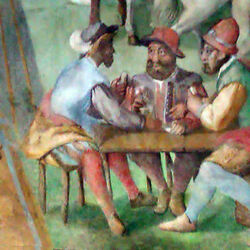Playing Cards from Italy

Tarocco Milanesi by Lamperti (Milan) c.1850
Tarocco Milanesi by Lamperti (Milan) c.1850
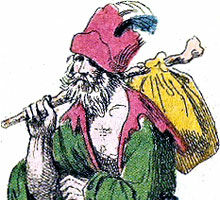
Tarocco Neoclassico
Gumppenberg published several new decks by artists or engravers of the day. The designs are clear and well-engraved, in the style of the revival of antiquity, preserving the symbolic intensity of the Tarot.
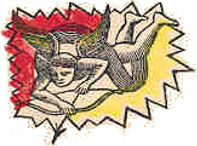
Tarocco Piemontese | Piedmontese tarot
The double ended version of the Piedmontese Tarot evolved during the second half of the nineteenth century, most probably in Turin. It is still produced and used today.
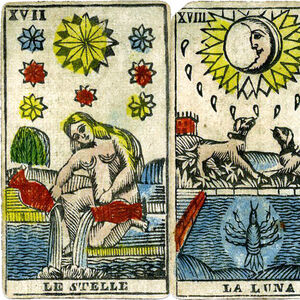
Tarocco Piemontese by Giovanni Rossi
18th c. Piedmont Tarocchi by Giovanni Rossi, Turin.
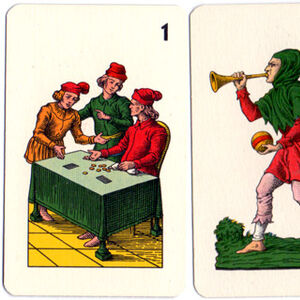
Tarocco Siciliano
The highly individual Sicilian Tarot has the Italo-Portuguese suit system with straight, interlocking swords and batons, and maids instead of jacks
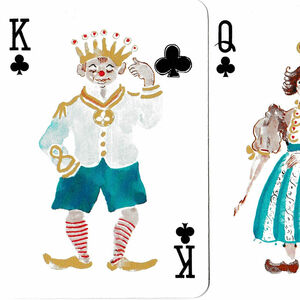
The Circus
“The Circus” playing cards with artwork by Max Dissar and Rita Rielle, published by Masenghini, Bergamo, c.1980.
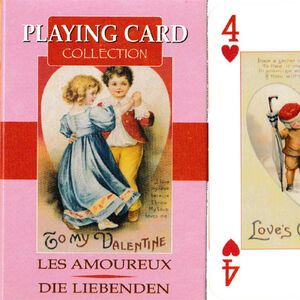
The Lovers playing cards
Reproductions of old postcards with romantic messages for Valentine’s Day.
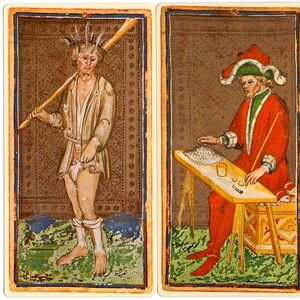
The Visconti-Sforza Tarot, c.1460
This pack of tarot cards appears to have have been made in the Bembo workshop in Cremona for Bianca Maria Visconti, c.1460.

Topolino Fiat Cinquecento
Fully illustrated Italian Disney pack advertising the Fiat Cinquecento, made by Modiano, Trieste, Italy, 1993.

Trentine Pattern
Trentine Pattern
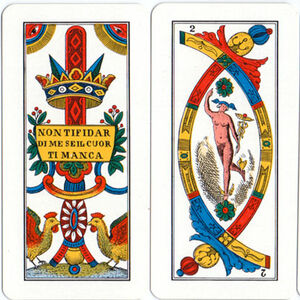
Trevisane pattern
The double-ended version of the ‘Trevisane’ pattern originated in the early 19th century.
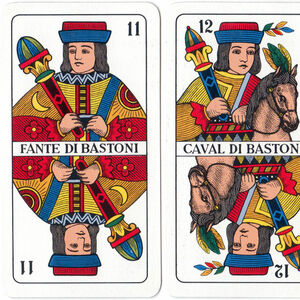
Triestine Pattern
The Triestine pattern is derived from the Venetian (Trevisane) pattern but with its own characteristics.
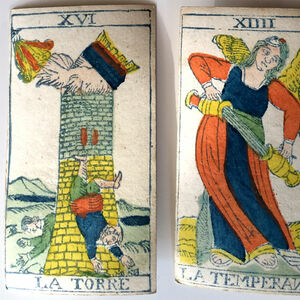
V. F. Solesio Tarot
V. F. Solesio Tarot, Genoa, mid-late 19th century.
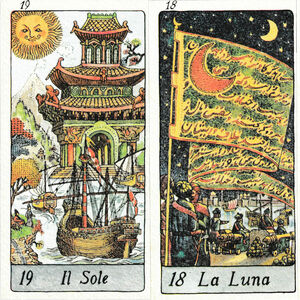
Venetian Tarot
Scenes from the history of Venice on a set of the major arcana.
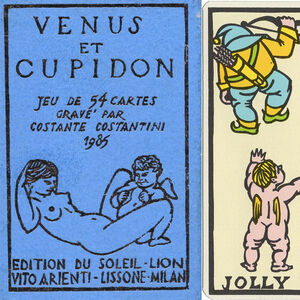
Venus et Cupidon
“Venus et Cupidon” from Costante Costantini in his distinctive woodcut style.
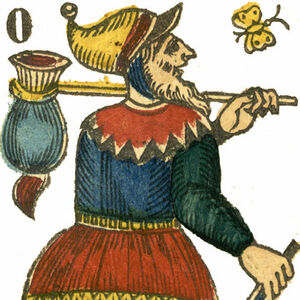
Vergnano Tarot 1826-1851
Stefano Vergnano’s Tarot and playing card factory holds a special place in the history of the Tarot.
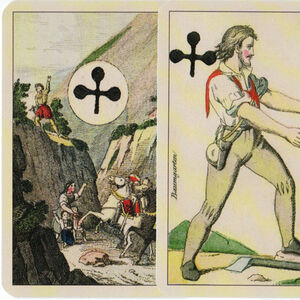
William Tell
Facsimile of Swiss William Tell deck from c.1870 published by Lo Scarabeo.
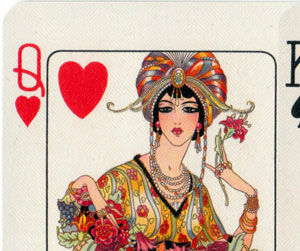
World Bridge
‘World Bridge’ produced by Modiano in Trieste, Italy, since around 1950.
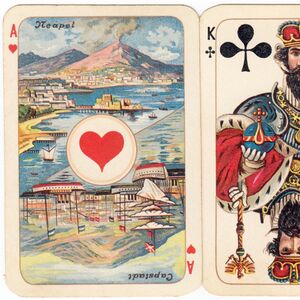
Wüst playing cards with International scenic aces
A rarely seen pack of cards

XV Century Italian Playing Cards
Cards from a pack of an early form of north Italian playing cards, with the swords back-to-back and curved outwards. Believed to be Venetian, dated 1462.


